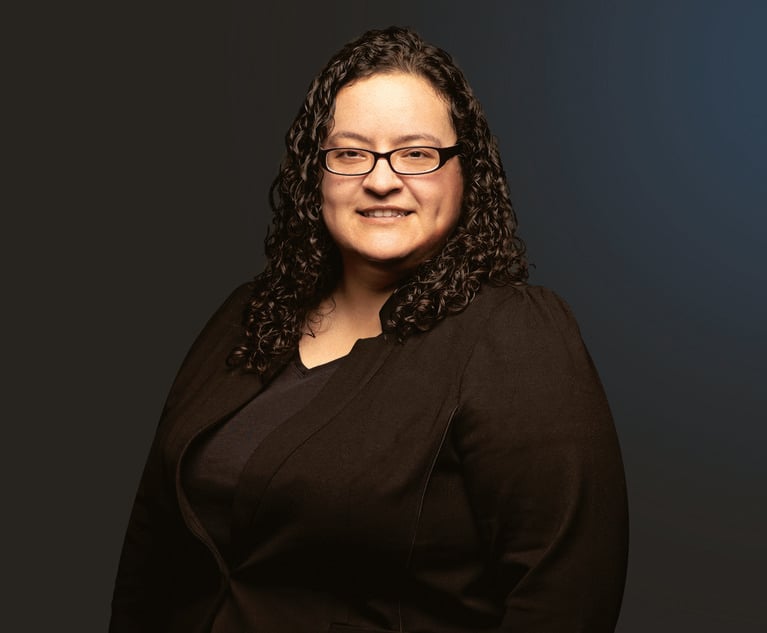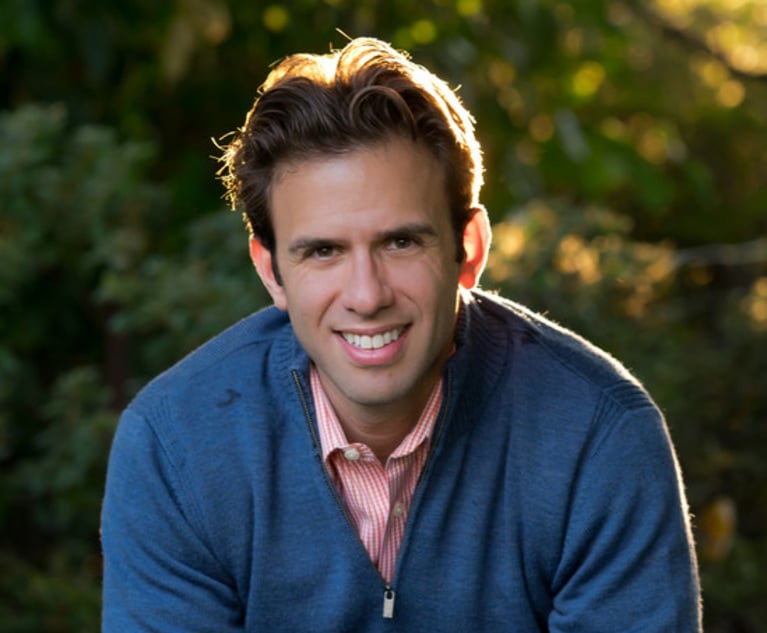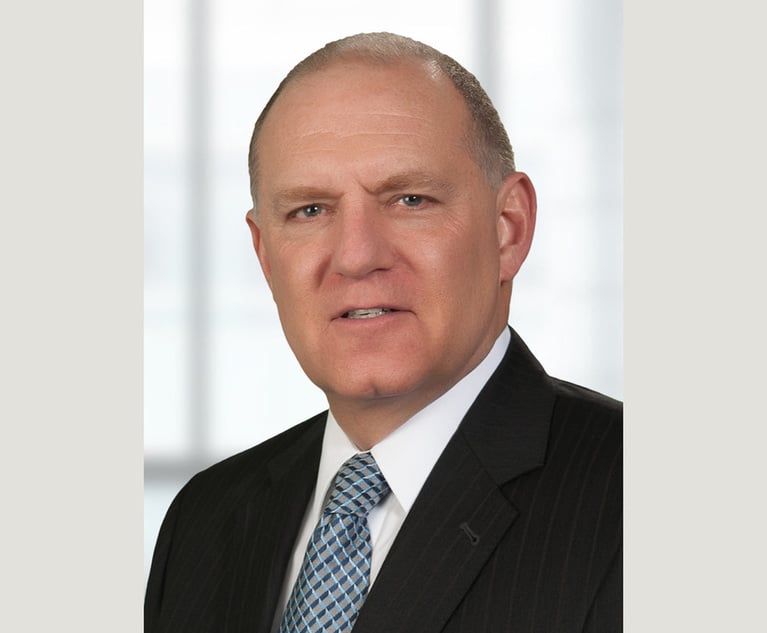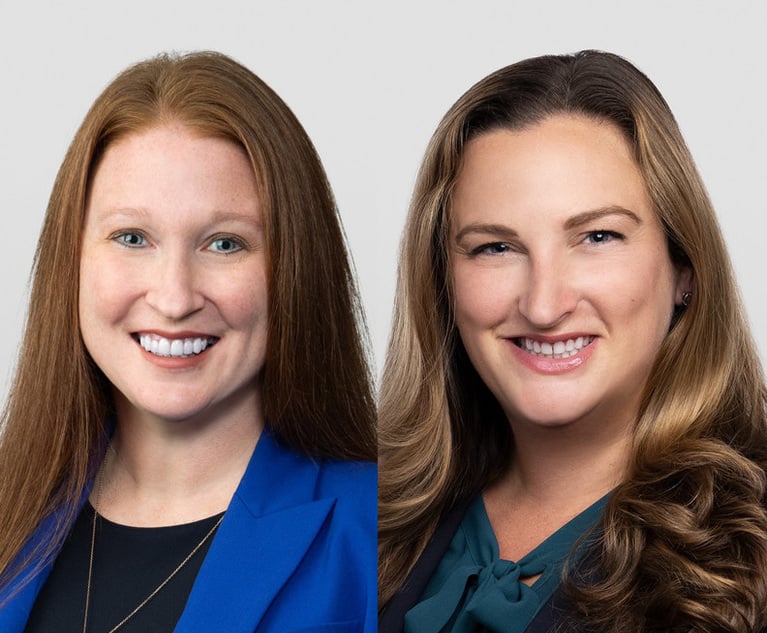For years, the United States has faced a physician shortage. Population growth, aging, the COVID-19 pandemic, and recent medical legislative changes have highlighted that these shortages are not evenly distributed across all areas of the country. Rather, rural communities, minorities, children, and the elderly are disproportionally afflicted by the shortages. The president of the American Medical Association, Dr. Jesse M. Ehrenfeld, highlighted in a recent address to the National Press Club the urgency of the crisis of physician shortages throughout the United States. Among some of the staggering statistics cited were 83 million Americans do not have access to a primary care physician, 90% of U.S. counties do not have a pediatric ophthalmologist, and 80% are without an infectious disease specialist. It is projected that by 2034, there will be a shortage of up to 124,000 physicians. This leaves medical associations and legislatures alike turning to existing immigration programs to fill the gap in these underserved populations. The current programs and system haven’t kept up with demand either and would require updates to be a true beacon of hope for the crisis.
Currently about a third of medical residents in the United States are international medical graduates (IMG). Noncitizen IMGs can receive medical residency training in the United States through either the H-1B or J-1 visa with about half of IMGs receiving this training while on a J-1 visa. The J-1 is an exchange visa that allows IMGs to receive training in the United States on the condition that IMGs return to their home country for at least two years. To combat physician shortages, the Conrad 30 Waiver Program was authorized in 1994. Initially limited to 20 slots, the program was subsequently expanded, allocating 30 waivers to each state to exempt J-1 physicians from the two-year home residency requirement. In exchange, physicians agree to begin employment within 90 days of receiving the waiver and provide at least three years of full-time clinical service in a health professional shortage area (HPSA) or medically underserved area (MUA).


 Romina Gomez of Klasko Immigration Law Partners. Courtesy photo
Romina Gomez of Klasko Immigration Law Partners. Courtesy photo




